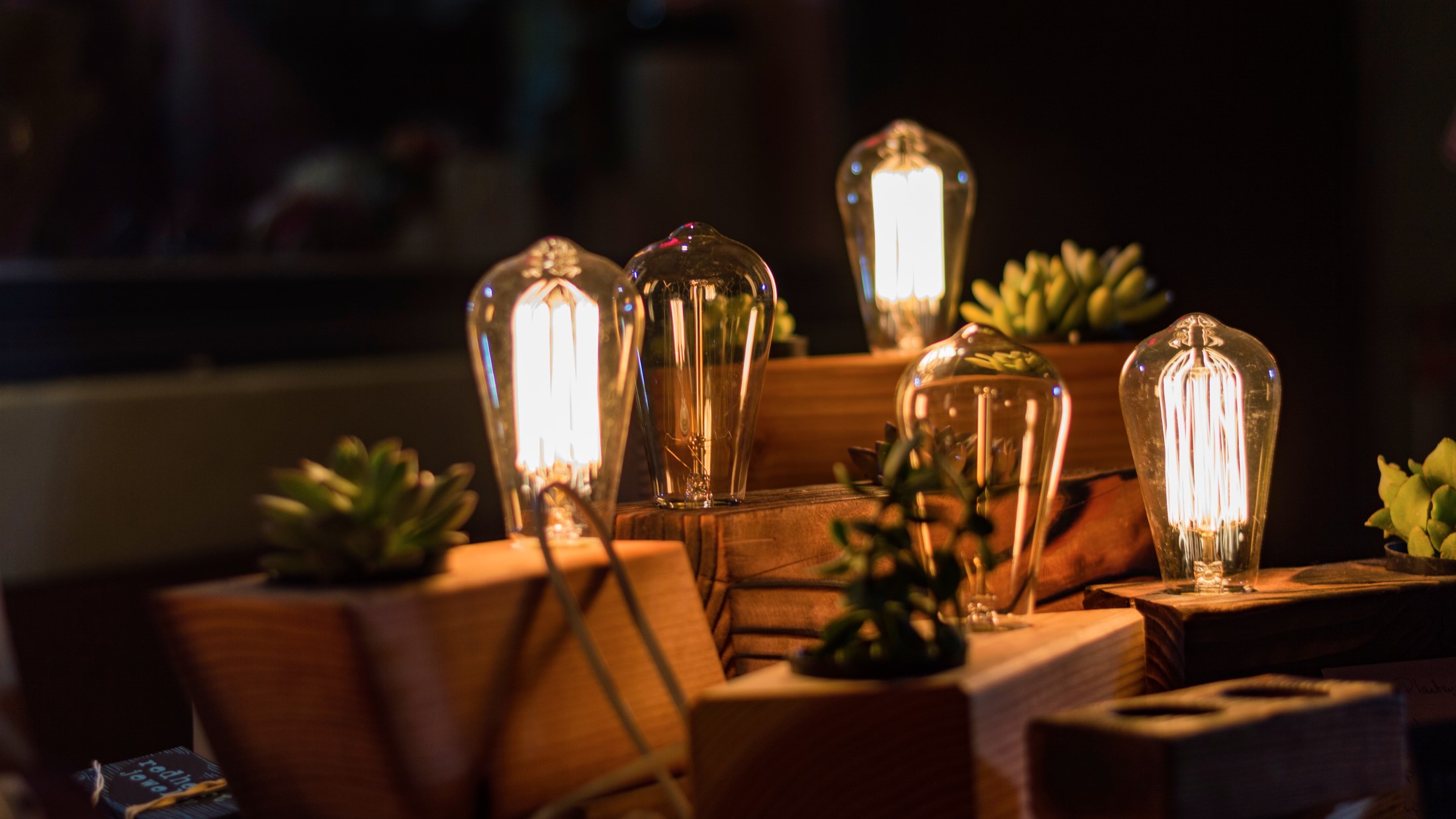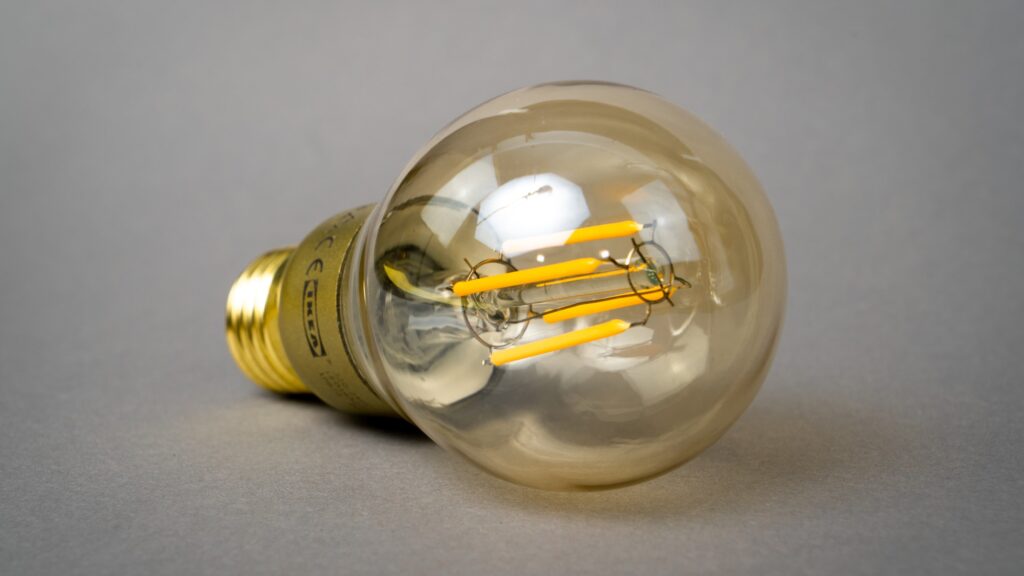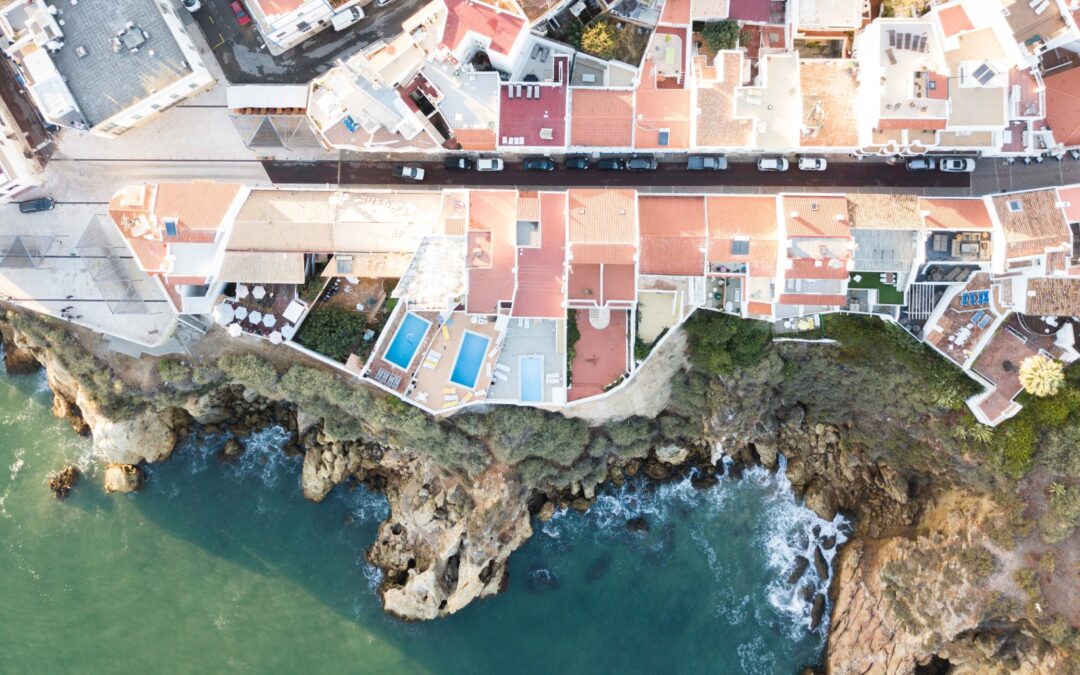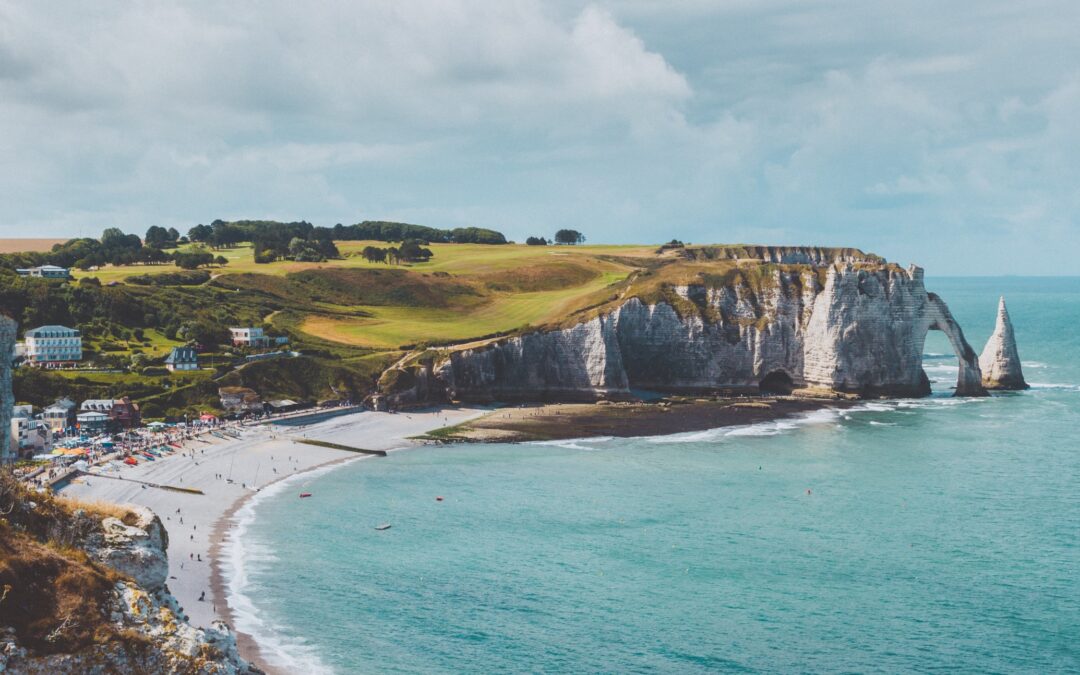
Save money on your energy bill with LEDs

Most recent
Light bulbs are great for many interiors, delivering a pleasant hue. But by switching to LEDs you can save hundreds of dollars on your energy bill.
The Energy Savings Trust reported that lighting accounts for 15% of the electricity bill of the average UK household. By switching from light bulbs to Light emitting diodes (LEDs), a household can save up to £40 ($47) per year. The same rings true for American households according to the United States Department of Energy, where households spend 15% of their energy bill on lighting. By switching to LEDs, the Department of Energy states that an average household can save up to $225 on their energy bill. This might not seem as much at first, but when combining it with other energy-saving methods, the numbers can add up, and switching to a different type of light is an easy fix.
Light bulbs emit heat
The technology for the light bulb, or incandescent lamp, was first developed by Sir Humphry Davy in 1801, an English chemist who ran electricity through a platinum strip. But his invention wasn’t ready for commercial use just yet. It would take a surprising 40 years when the first patent to be filed for the incandescent lamp, which also used a charcoal wire heated by two platinum wires. The first designs were still far from suitable for day-to-day use as they were brittle. Only after scientists managed to make a durable vacuum tube, the development of the incandescent lamp could take flight.
The technology of the light bulb hasn’t changed much from its original design in the 1800s. The light bulb generates energy by running an electric current through a filament, made from materials such as tungsten. As energy passes through the filament, the electrons move and release photons resulting in light. This process generates more than just light, a lot of heat is also generated. One of the core reasons so much heat is generated is because energy is used to move the atoms instead of generating light. This results in light bulbs being very inefficient. Only 10% of the energy is used for generating light, with 90% being converted into heat.
Incandescent light bulbs have the shortest lifespan
There are several light bulbs available today. The traditional incandescent light bulb is the most common light bulb and the cheapest one available. The Compact Fluorescent (CFL) light bulb is a more energy-efficient variant of the incandescent bulb but requires some time to reach max brightness. Wayfair states that CFL light bulbs are most suitable for larger spaces such as kitchens and basements. The Halogen light bulb has a distinctive white light, is energy efficient and due to its dimming capability and size, it can be neatly integrated into furniture or other structures.
Each of the aforementioned bulbs has a different lifespan. The incandescent light bulb has the shortest lifespan with an approximate lifespan between 750 and 2,000 hours. Despite their short operational period, the website The Light Bulb states that the lights remain popular with consumers due to their aesthetically pleasing design and soft light. The Compact Fluorescent has an average lifespan of between 8,000 and 20,000 hours. Halogen lights have an average lifespan between 16,000 and 40,000 hours.
LEDs can last up to 20 years
The natural phenomenon that enables the manufacturing of an LED, electroluminescence, was discovered by British radio researcher Henry Joseph Round during an experiment with silicon carbide and whiskers from a cat in 1907. Russian radio researcher Oleg Vladimirovich Lossev studied the phenomenon a little over a decade later, by studying the effect of diodes installed in radios.
An LED works in the same core principle as the light bulb as it uses electric current to generate light. The major difference is LEDs use semiconductors to emit light. This method of generating light generates less heat and requires less energy. Due to this method of light generation, LEDs use 75% less energy when Energy Star is rated. LEDs also have a far greater lifespan than traditional light bulbs. The Department of Energy even goes as far as to say that LEDs use up to 90% less energy compared to traditional incandescent bulbs.

An LED light can last for about 100,000 hours or in more practical terms, up to 20 years. In 2012, Swedish furniture giant Ikea pushed for the adoption of LEDs by phasing out the sales of incandescent bulbs and only selling LEDs by 2016. It considered the lighting technology far more environmentally friendly due to its longer lifespan and simultaneously would reduce energy consumption. Ikea calculated that by switching to LEDs, it would be saving upwards of $10 million to $20 million, or 10% of its energy costs per year when illuminating its 300 stores across the world.
While this lifespan is very impressive, an LED’s lifespan will be significantly reduced when exposed to heat. According to Inline Electric heat can “bake” the circuits, which can result in defects with the LEDs breaking. Manufacturers protect the lamp from overheating by fitting heatsinks that can emit excess heat away from the circuits. Inline Electric said about faulty applied heatsinks, “If the heatsink does not distribute heat well, and instead draws heat towards the bulb, the LED will not last, and could die in as little as one year.” It’s therefore important you fit your LEDs correctly or return them when they break down within the warranty period.
Are LEDs safer than light bulbs?
The simple answer is yes. The Fire and Rescue Service in Cheshire (UK) warns its citizens that misuse or improper fitting of light bulbs can pose a fire hazard. The fire department referred to a fire caused by a 20-watt energy-saving light bulb, which was fitted on an 11-watt rated fitting. This misplacement caused a fire where the resident suffered minor burns. Keith Brooks, head of Prevention and Protection at the Cheshire Fire and Rescue Service said, “Using light bulbs of a higher wattage than the light fixture or fitting recommends could cause overheating. This, in turn, can lead to an electrical fire.” Brooks noted that light bulbs should only be installed on fittings and fixtures according to the maximum specified wattage, not exceeding the stated limit. When passing the prescribed limit, the lights may overheat and cause a fire.
LEDs are not immune to fires, however. Despite LEDs generating less heat and using different technologies which prevent them from overheating, misuse can still result in a fire hazard. A non-profit organization, The National Fire Protection Association (NFPA) states that retrofitting existing light fixtures should only be performed with approved parts and according to the manual of the manufacturer, and fixtures that enable dimmable LEDs, should be replaced by supported LEDs.
LEDs are a worthwhile investment
Switching to LEDs is a sensible choice when you want to have a quick win to save money on your energy bill. LEDs are not immune to production defects or faulty installation, but when handled right, they form a superior alternative to the lightbulb and will help you save on your electric bill. The price of LED lamps is also expected to drop further in the coming decade. Statista shows that the price per kilolumen for warm white LED lamps is expected to drop by $0.3, coming from $0.92 in 2019, a reduction of almost 70%.
Further reading
No Results Found
The page you requested could not be found. Try refining your search, or use the navigation above to locate the post.
Most recent

How Myanmar lost 30% of its forest in 30 years
Myanmar is seeing deforestation rates increase rapidly. In the last three decades, the country already lost 30 percent...

Portugal’s struggle to part with fossil fuels
Portugal is heavily reliant on fossil fuels and its love affair with the fossil fuel industry makes transitioning to...

Climate change spells uncertain future for winemakers
Winemakers ride into an uncertain future as climate change spells greater uncertainty for their businesses. Climate...


